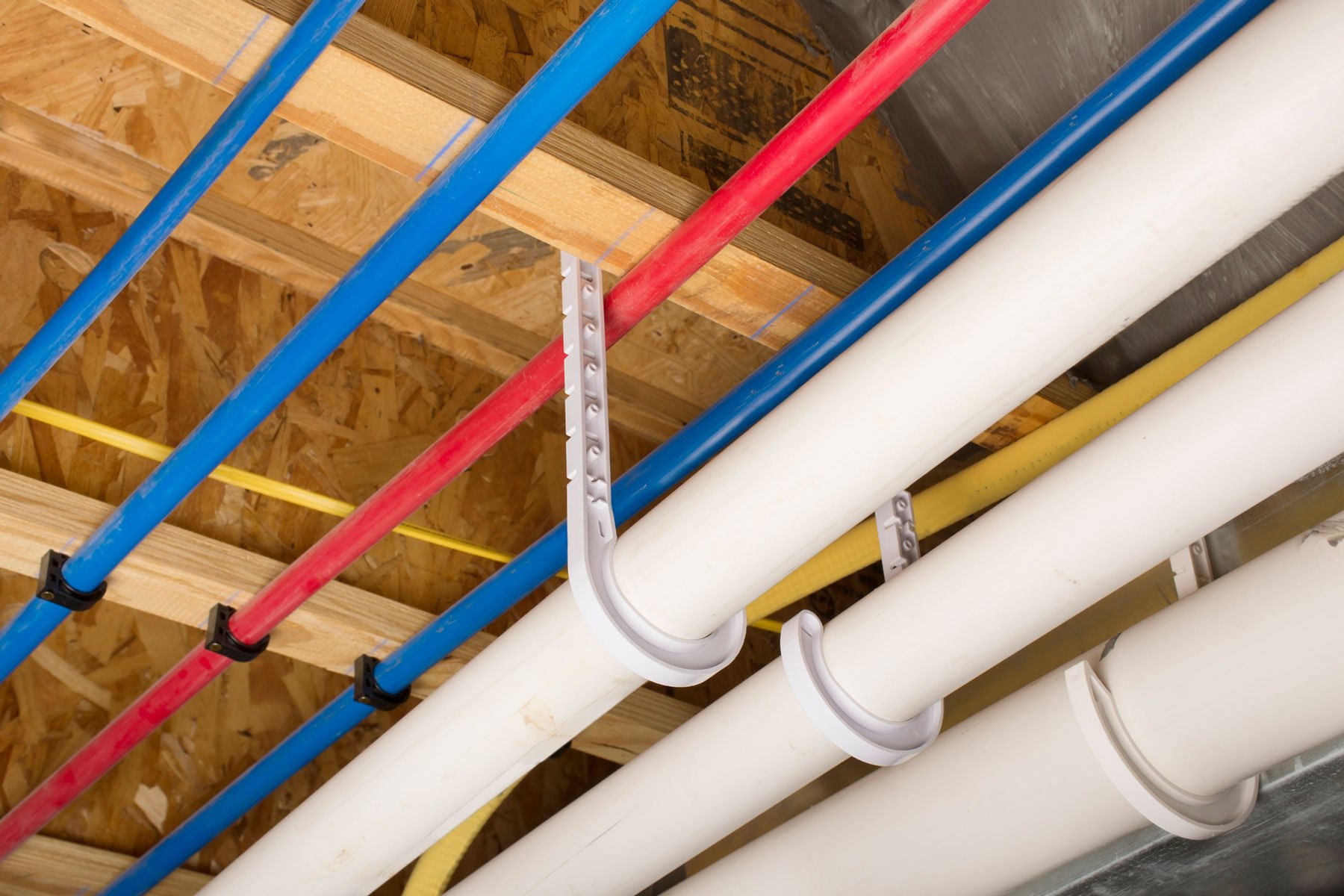

Articles
When Did Pex Plumbing Come Out
Modified: August 28, 2024
Learn more about the history and benefits of Pex plumbing in our informative articles. Stay updated with the latest innovations in the plumbing industry.
(Many of the links in this article redirect to a specific reviewed product. Your purchase of these products through affiliate links helps to generate commission for Storables.com, at no extra cost. Learn more)
Introduction:
When it comes to plumbing systems, innovation is key. Over the years, various advancements have been made to improve the efficiency, durability, and overall functionality of plumbing systems. One such development is the introduction of PEX plumbing.
PEX, or cross-linked polyethylene, is a type of flexible plastic tubing that has revolutionized the plumbing industry. It offers numerous advantages over traditional materials like copper and PVC, making it a popular choice for residential and commercial plumbing projects.
In this article, we will explore the origins of PEX plumbing, its advantages, and its evolution in the industry. We will also discuss the codes and standards that regulate the use of PEX plumbing systems. So, let’s dive in and discover the world of PEX plumbing!
Key Takeaways:
- PEX plumbing, originating in the 1960s, has revolutionized the industry with its flexibility, durability, and energy efficiency, making it a popular choice for modern plumbing installations.
- The evolution and widespread acceptance of PEX plumbing have been driven by its numerous advantages, ease of installation, and adherence to industry standards, solidifying its position as a leading plumbing solution.
Read more: When Did Spongebob Come Out On Television
What is PEX Plumbing?
PEX plumbing is a type of plumbing system that utilizes cross-linked polyethylene (PEX) pipes for water distribution. PEX pipes are made by cross-linking high-density polyethylene molecules, which enhances their strength, durability, and resistance to temperature and pressure.
PEX plumbing offers several benefits over traditional plumbing materials. Firstly, PEX pipes are highly flexible, allowing for easy installation in tight spaces and around corners. This flexibility also eliminates the need for numerous fittings, reducing the potential for leaks and improving water flow efficiency.
Additionally, PEX pipes are resistant to corrosion and scale buildup, ensuring long-lasting performance. They are also capable of expanding and contracting, making them more resistant to freezing and bursting in cold climates.
Another key feature of PEX plumbing is its ability to handle high-pressure and high-temperature water. PEX pipes are suitable for both hot and cold water distribution, making them versatile for various plumbing applications.
PEX plumbing systems are typically color-coded to distinguish between hot and cold water lines. Red pipes are used for hot water, while blue pipes indicate cold water. This color-coding simplifies installation and maintenance processes. PEX plumbing systems also use fittings and connections specifically designed for PEX pipes, ensuring secure and leak-resistant installations.
In addition to its flexibility and durability, PEX plumbing is also known for its excellent insulation properties. PEX pipes have a low thermal conductivity, minimizing heat loss and maintaining water temperature throughout the system.
Overall, PEX plumbing has gained popularity in the industry due to its ease of installation, resistance to corrosion, versatility, and energy efficiency. Its numerous advantages make it an attractive option for both residential and commercial plumbing projects.
Origins of PEX Plumbing:
The concept of using cross-linked polyethylene (PEX) pipes for plumbing systems dates back to the 1960s. It was initially developed in Europe as an alternative to traditional plumbing materials such as copper and iron.
The first successful commercial application of PEX plumbing occurred in Germany in the late 1960s. The German company REHAU introduced a PEX plumbing system that gained recognition for its reliability and ease of installation. This breakthrough sparked interest in PEX plumbing worldwide, leading to further research and development.
In the 1980s, PEX plumbing systems made their way to the United States. Initially, there were concerns about the durability and long-term performance of PEX pipes in comparison to established materials like copper. However, extensive testing and advancements in manufacturing techniques addressed these concerns, leading to wider acceptance of PEX plumbing.
One significant development in the adoption of PEX plumbing in the US was the creation of standards and regulations to ensure the quality and safety of PEX systems. The Plumbing-Heating-Cooling Contractors Association (PHCC) and the American Society of Plumbing Engineers (ASPE) played key roles in developing guidelines for the installation and use of PEX plumbing.
As PEX plumbing gained traction, manufacturers began offering a variety of PEX pipe sizes and fittings, making it suitable for a wide range of applications. Residential homes, commercial buildings, and even industrial setups began incorporating PEX plumbing systems due to their numerous advantages.
Today, PEX plumbing has become a standard option for many plumbing projects. It is widely recognized for its reliability, durability, and ease of installation. From simple residential plumbing repairs to complex commercial installations, PEX plumbing has proven itself as a versatile and efficient solution.
The evolution of PEX plumbing continues, with ongoing research aimed at further improving its performance and expanding its applications. With its origins in Europe and its successful adoption across different parts of the world, PEX plumbing has become a significant player in the plumbing industry.
The Advantages of PEX Plumbing:
PEX plumbing offers a multitude of advantages over traditional plumbing materials, making it a preferred choice for many homeowners, contractors, and plumbers. Let’s explore some of the key advantages of using PEX plumbing:
- Flexible and Easy Installation: PEX pipes are highly flexible, allowing for easy installation in tight spaces and around corners. They can be bent and curved without the need for additional fittings, reducing the potential for leaks and simplifying the installation process.
- Durability and Resistance to Corrosion: PEX pipes are resistant to corrosion and scale buildup, ensuring a long-lasting plumbing system. Unlike metal pipes, PEX pipes do not corrode over time, minimizing the risk of leaks and pipe failures.
- Freeze and Burst Resistance: PEX pipes have the ability to expand and contract, making them more resistant to freezing and bursting in cold temperatures. This makes PEX plumbing a reliable option for both cold and hot water distribution, especially in areas with harsh winter climates.
- Excellent Water Flow: PEX plumbing systems offer a smooth interior surface that promotes optimal water flow. This results in higher water pressure and improved water efficiency throughout the plumbing system.
- Energy Efficiency: PEX pipes have excellent insulation properties, minimizing heat loss and reducing energy consumption. This means that hot water stays hot for longer periods of time, resulting in less wasted energy and lower utility bills.
- Quiet Operation: PEX plumbing systems are known for their quiet operation. The flexibility and insulation properties of PEX pipes help reduce water hammer and eliminate the noise associated with water flow, ensuring a peaceful living environment.
- Cost-Effective: PEX plumbing is generally more cost-effective compared to traditional plumbing materials. The ease of installation, reduced need for fittings, and long-term durability contribute to lower labor and maintenance costs over time.
- Chemical Resistance: PEX pipes have excellent resistance to chemicals, making them suitable for a wide range of plumbing applications. Whether it’s for residential, commercial, or industrial use, PEX plumbing can withstand the challenges of various water qualities and chemical substances.
These advantages make PEX plumbing a reliable and efficient solution for both new construction projects and plumbing system upgrades. With its flexibility, durability, and energy efficiency, PEX plumbing continues to gain popularity as a top choice for modern plumbing installations.
Pex plumbing first came out in the 1960s in Europe and was introduced to the United States in the 1980s. It gained popularity due to its flexibility, durability, and resistance to corrosion.
Evolution and Popularity:
Since its introduction, PEX plumbing has experienced significant evolution and a rise in popularity. Initially met with skepticism due to concerns about durability and long-term performance, PEX plumbing systems have proven themselves and gained the trust of homeowners, contractors, and plumbers alike.
Advancements in PEX manufacturing techniques have led to the production of high-quality pipes that meet and exceed industry standards. These improvements have addressed initial concerns and solidified the reputation of PEX plumbing as a reliable and long-lasting solution for plumbing needs.
One of the driving factors behind the growing popularity of PEX plumbing is its ease of installation. The flexibility of PEX pipes allows for easy maneuverability and fitting in tight spaces, reducing the time and effort required for installation. This not only benefits plumbers but also saves homeowners on labor costs.
Additionally, the ability of PEX plumbing to resist freezing and bursting in cold temperatures has made it a preferred choice in regions with harsh climates. The durability and resistance to corrosion of PEX pipes further contribute to their growing popularity.
Another factor impacting the popularity of PEX plumbing is its cost-effectiveness. PEX pipes are generally more affordable than traditional materials such as copper. Moreover, the reduced need for fittings and the ease of installation contribute to overall cost savings in terms of labor and maintenance.
The energy efficiency of PEX plumbing systems is also a significant driver of its popularity. The excellent insulation properties of PEX pipes help maintain water temperature, reducing the need for energy-intensive heating or cooling of water. This translates into lower utility bills for homeowners.
The increased awareness and acceptance of PEX plumbing have also been driven by the efforts of industry organizations and associations. Plumbing codes and standards have been developed to ensure the safe and proper installation of PEX plumbing systems. This has provided consumers with confidence in the performance and longevity of PEX plumbing.
As a result of all these factors, PEX plumbing has seen remarkable growth in residential, commercial, and industrial applications. It has become the go-to choice for many plumbing installations, from single-family homes to large-scale commercial buildings.
The versatility and adaptability of PEX plumbing have further contributed to its popularity. It can be used for a wide range of applications, including potable water distribution, radiant heating systems, and even fire suppression systems.
Overall, the evolution of PEX plumbing, along with its numerous advantages, has propelled its popularity in the plumbing industry. With continuous advancements and innovations, PEX plumbing is expected to maintain its position as a leading choice for efficient and reliable plumbing systems.
Read more: When Did Ring Doorbell Come Out
Codes and Standards for PEX Plumbing:
With the increasing popularity and widespread use of PEX plumbing systems, it became necessary to establish codes and standards to ensure consistent quality and safety. These regulations provide guidelines for the proper installation and usage of PEX plumbing, ensuring compliance with industry standards. Let’s explore the key codes and standards related to PEX plumbing:
- ASTM F876: This is the standard specification for cross-linked polyethylene (PEX) tubing used in plumbing systems. It establishes requirements for the material, dimensions, and performance characteristics of PEX pipes. Compliance with this standard ensures that the PEX pipes meet the necessary quality standards.
- ASTM F877: This standard specifies the requirements for PEX hot and cold water distribution systems. It covers aspects such as fittings, installation methods, pressure ratings, and testing procedures. Compliance with this standard ensures the proper installation and functionality of PEX plumbing systems.
- NSF/ANSI 61: This standard evaluates the health effects of products used in drinking water systems. It ensures that PEX pipes comply with drinking water standards and do not introduce harmful substances into the water supply. Compliance with NSF/ANSI 61 certification is crucial for ensuring the safety of potable water in PEX plumbing systems.
- IPC (International Plumbing Code): The IPC is a comprehensive plumbing code that provides regulations and requirements for plumbing installations. It includes provisions for PEX plumbing systems, covering aspects such as material standards, pipe sizing, installation methods, and testing procedures. Compliance with the IPC ensures that PEX plumbing installations meet the necessary building and plumbing codes.
- Local Building Codes and Regulations: In addition to national standards, local building codes and regulations play a vital role in governing PEX plumbing installations. These codes may vary from one jurisdiction to another. Plumbers and contractors must familiarize themselves with the specific codes and regulations in their area to ensure compliance with local requirements.
It is essential to adhere to these codes and standards when installing PEX plumbing systems to ensure the safety, reliability, and longevity of the plumbing system. Following the guidelines provided by these standards helps maintain consistent quality and performance across PEX plumbing installations.
Plumbers, contractors, and homeowners should keep up-to-date with any revisions or updates to the codes and standards governing PEX plumbing. Staying informed and following best practices helps ensure that PEX plumbing installations meet industry standards and comply with legal requirements.
By adhering to the relevant codes and standards, professionals in the plumbing industry can deliver high-quality PEX plumbing systems that provide efficient and reliable water distribution for both residential and commercial applications.
Conclusion:
PEX plumbing has become a game-changer in the plumbing industry, offering numerous advantages over traditional materials like copper and PVC. Its flexibility, durability, resistance to corrosion, and energy efficiency have made it a popular choice for residential and commercial plumbing projects.
PEX plumbing systems have evolved over the years, addressing initial concerns regarding durability and performance. Extensive research and advancements in manufacturing techniques have ensured the production of high-quality PEX pipes that meet industry standards.
With its easy installation process, freeze and burst resistance, excellent water flow, and lower maintenance costs, PEX plumbing has proven to be a cost-effective solution for plumbing needs. Its energy efficiency and quiet operation further contribute to its widespread popularity.
PEX plumbing is governed by codes and standards such as ASTM F876, ASTM F877, NSF/ANSI 61, and the International Plumbing Code (IPC). Compliance with these standards ensures the proper installation and functionality of PEX plumbing systems, as well as the safety of the water supply.
As the plumbing industry continues to evolve, PEX plumbing systems remain at the forefront, offering versatility, durability, and efficiency. They have become the go-to option for various applications, ranging from residential homes to large-scale commercial buildings.
In conclusion, PEX plumbing has revolutionized the way we approach plumbing systems. Its advantages, including flexibility, durability, energy efficiency, and cost-effectiveness, make it a reliable and practical choice for modern plumbing installations. With its continuous evolution and adherence to codes and standards, PEX plumbing is set to maintain its popularity as the preferred option for efficient and long-lasting plumbing systems.
Frequently Asked Questions about When Did Pex Plumbing Come Out
Was this page helpful?
At Storables.com, we guarantee accurate and reliable information. Our content, validated by Expert Board Contributors, is crafted following stringent Editorial Policies. We're committed to providing you with well-researched, expert-backed insights for all your informational needs.

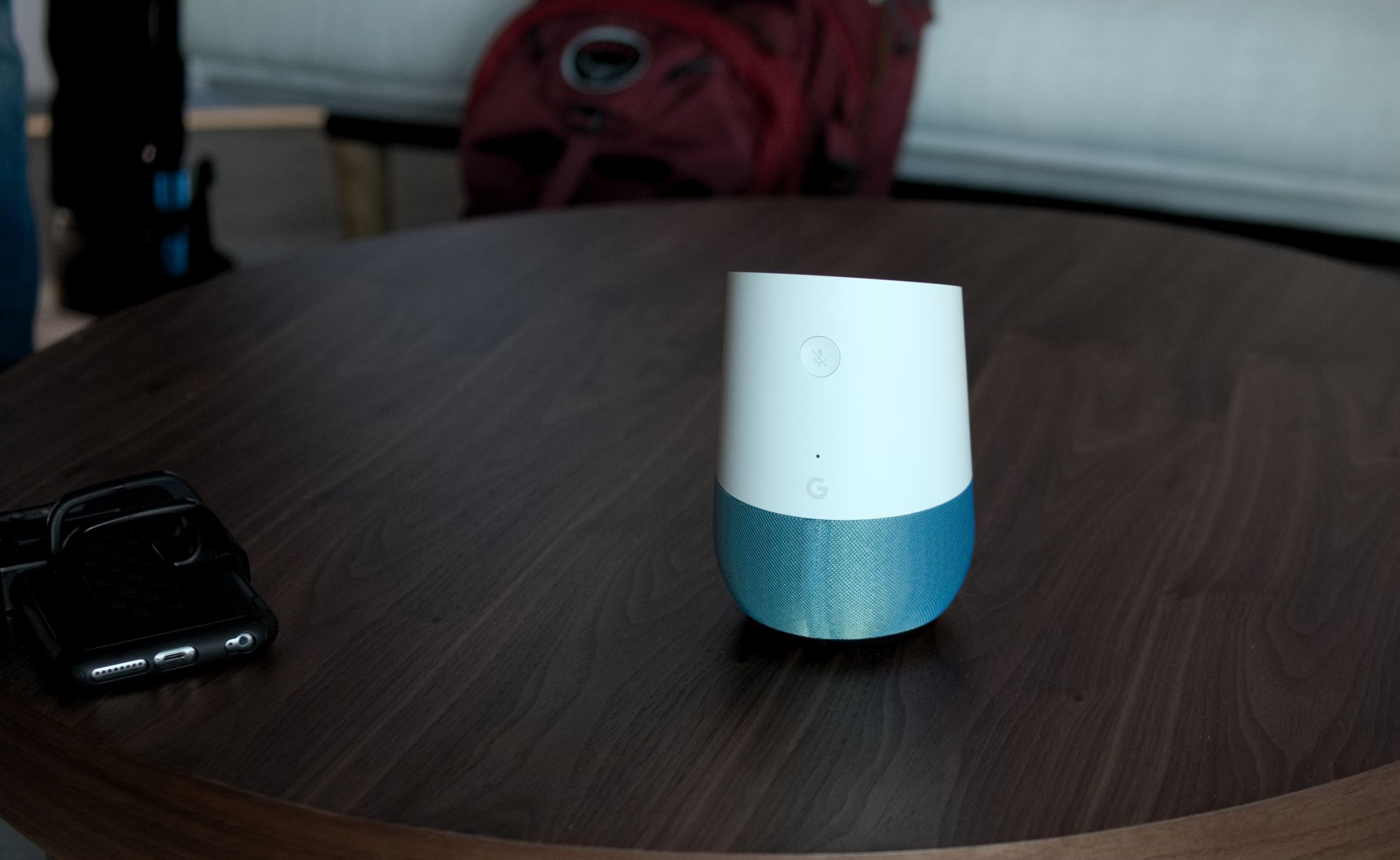


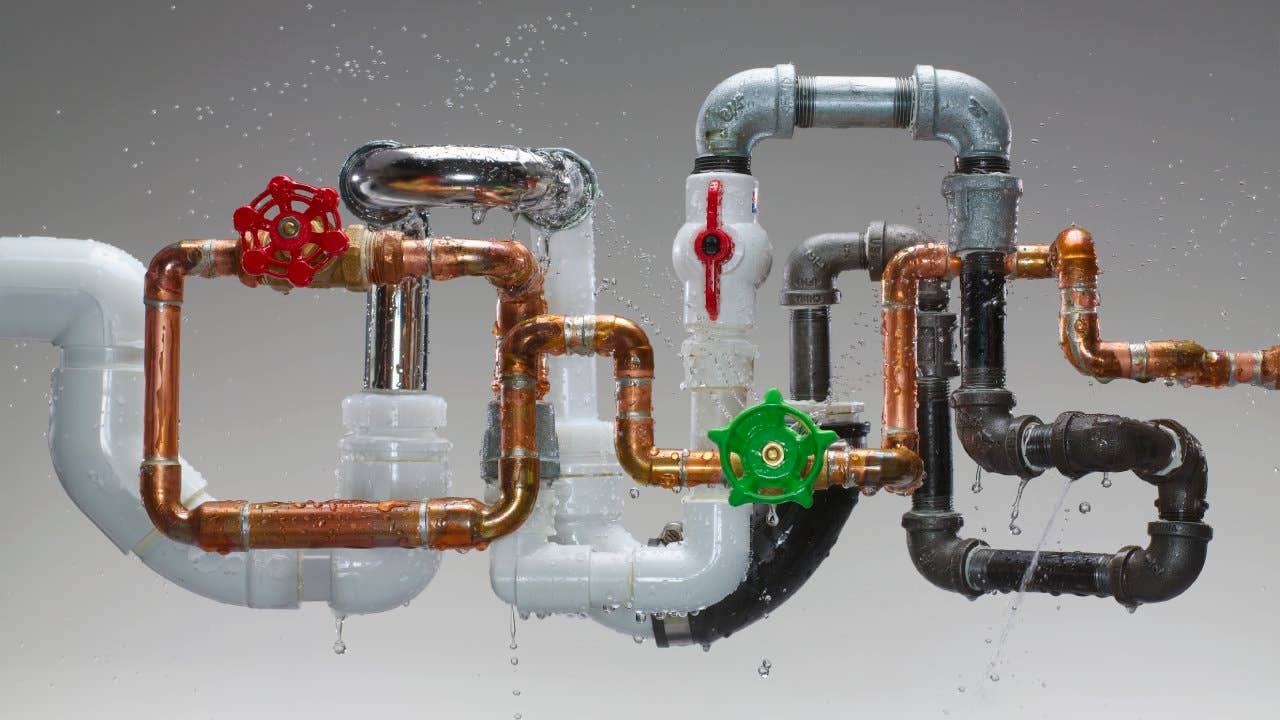
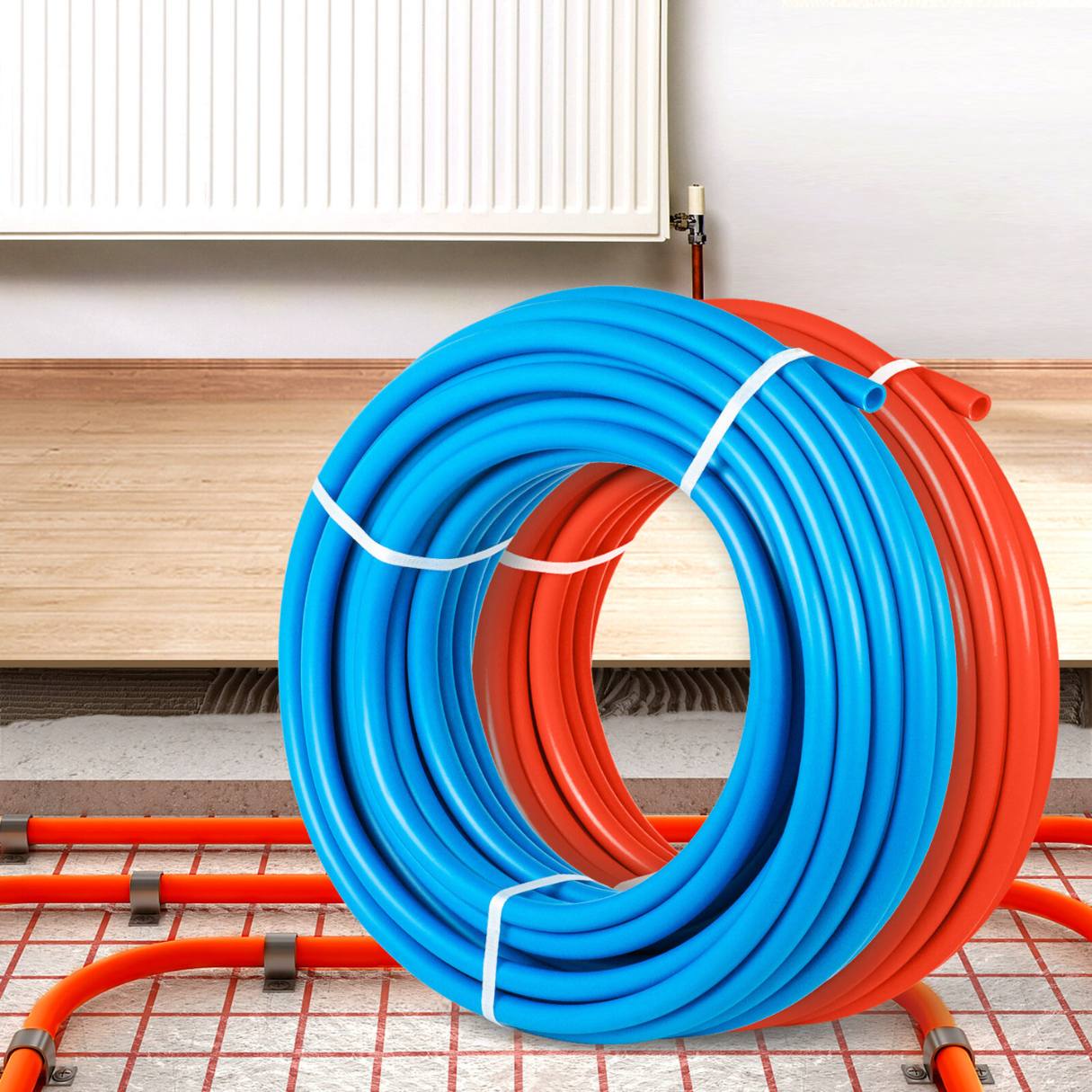
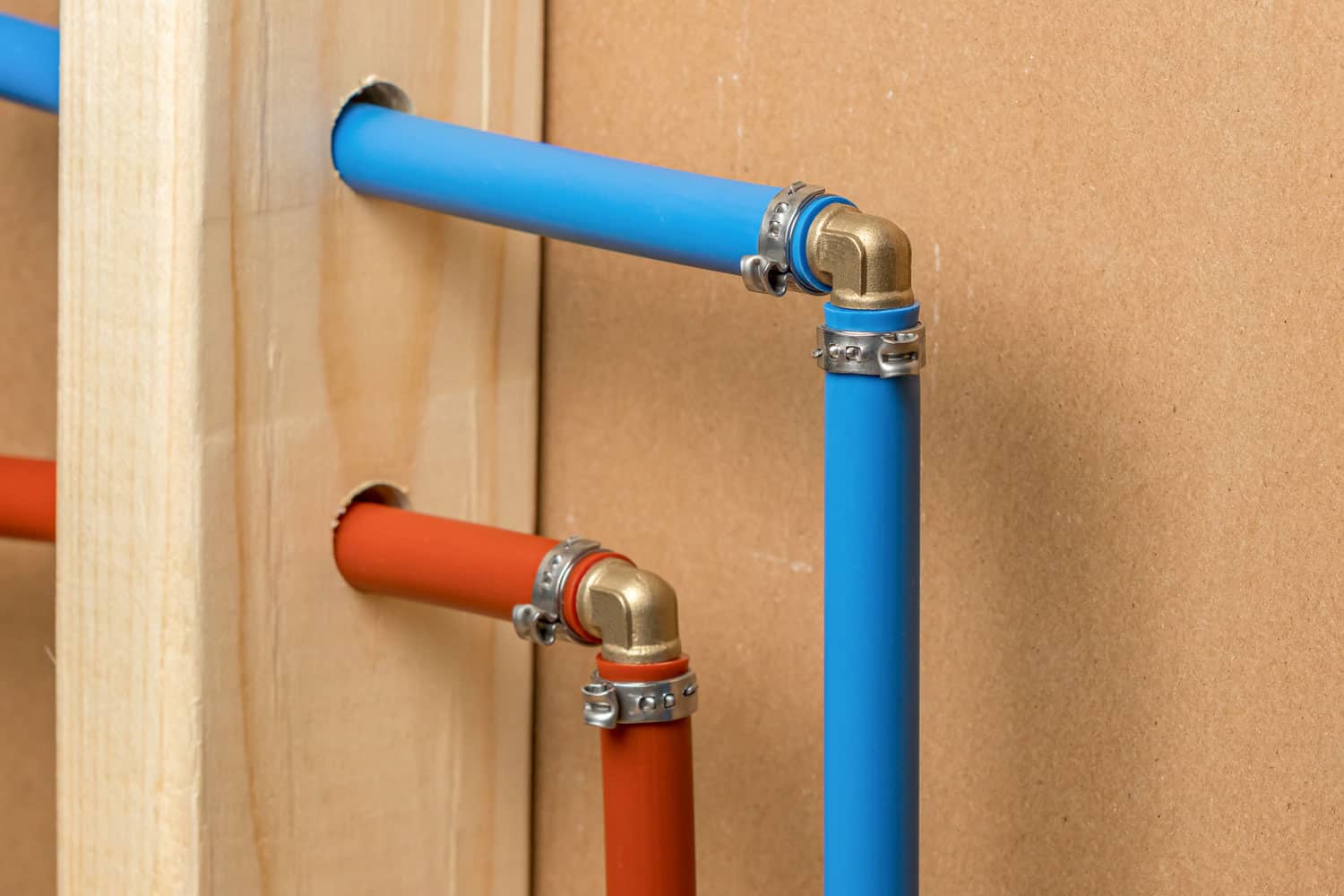
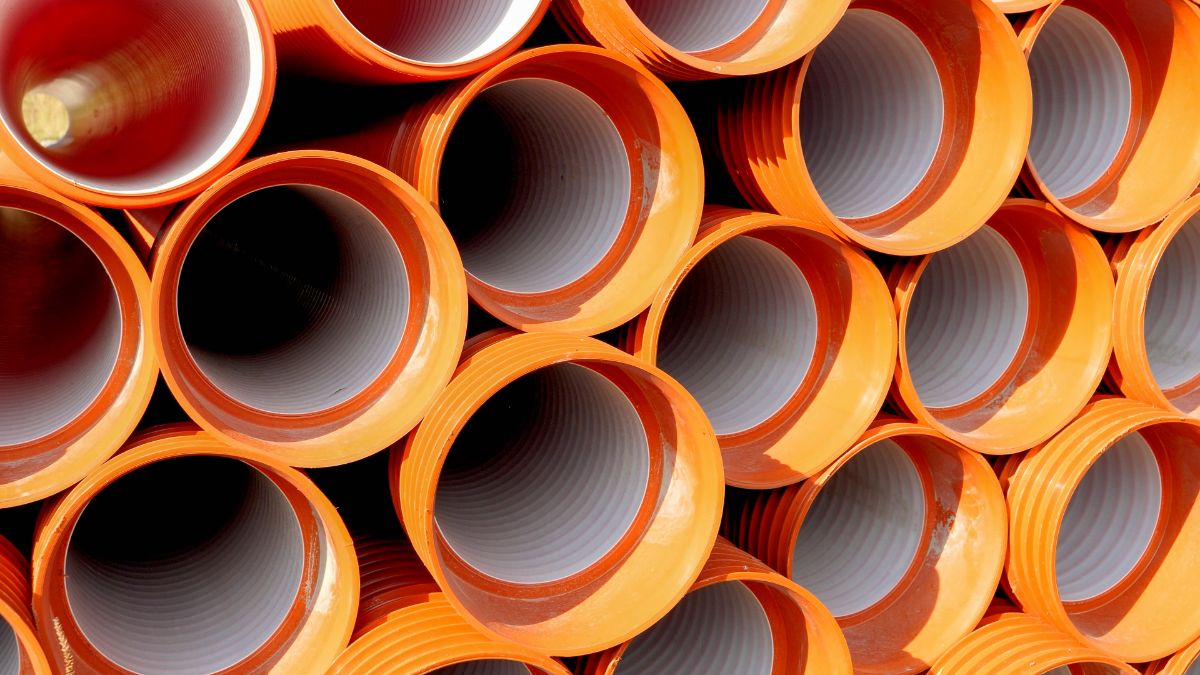




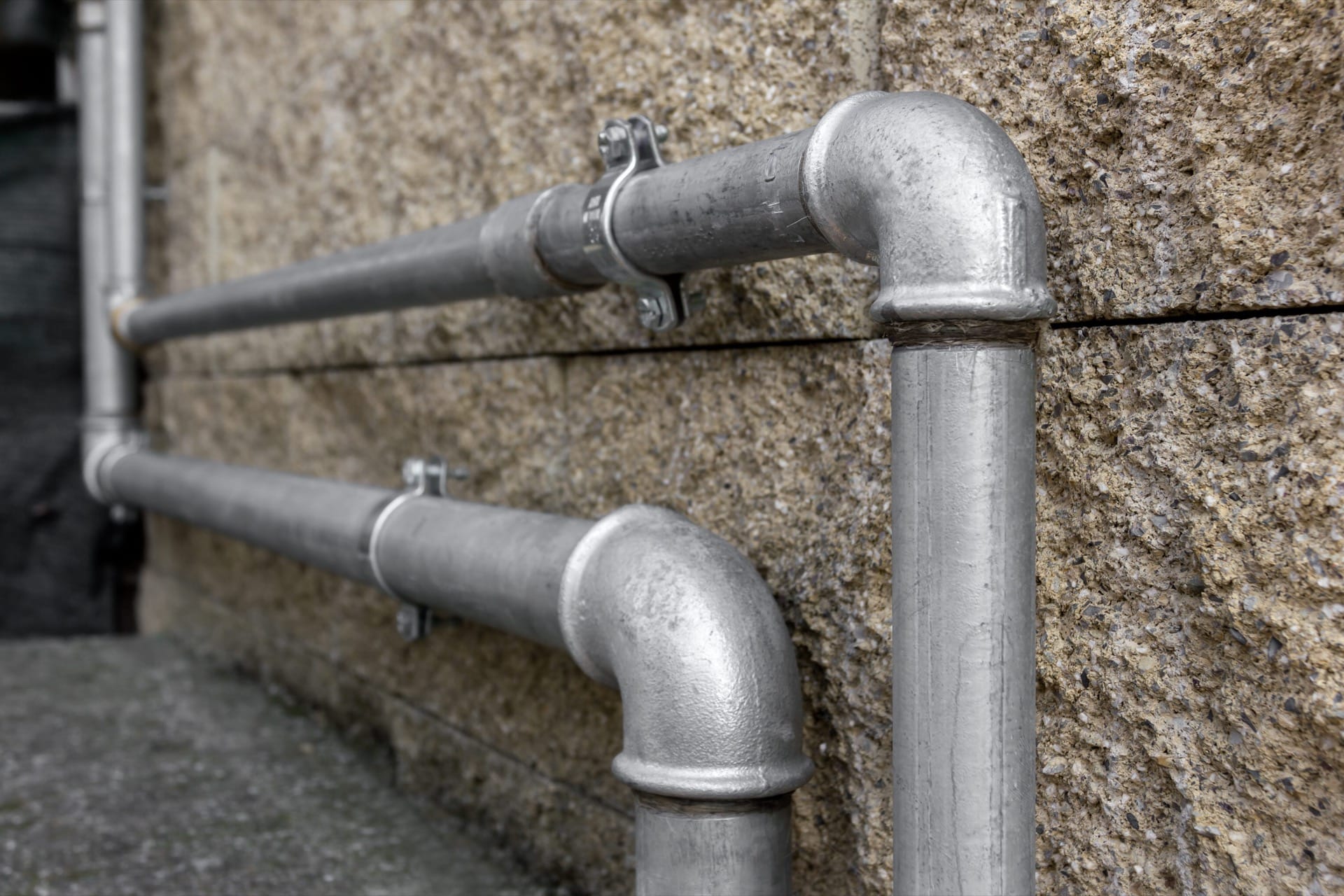
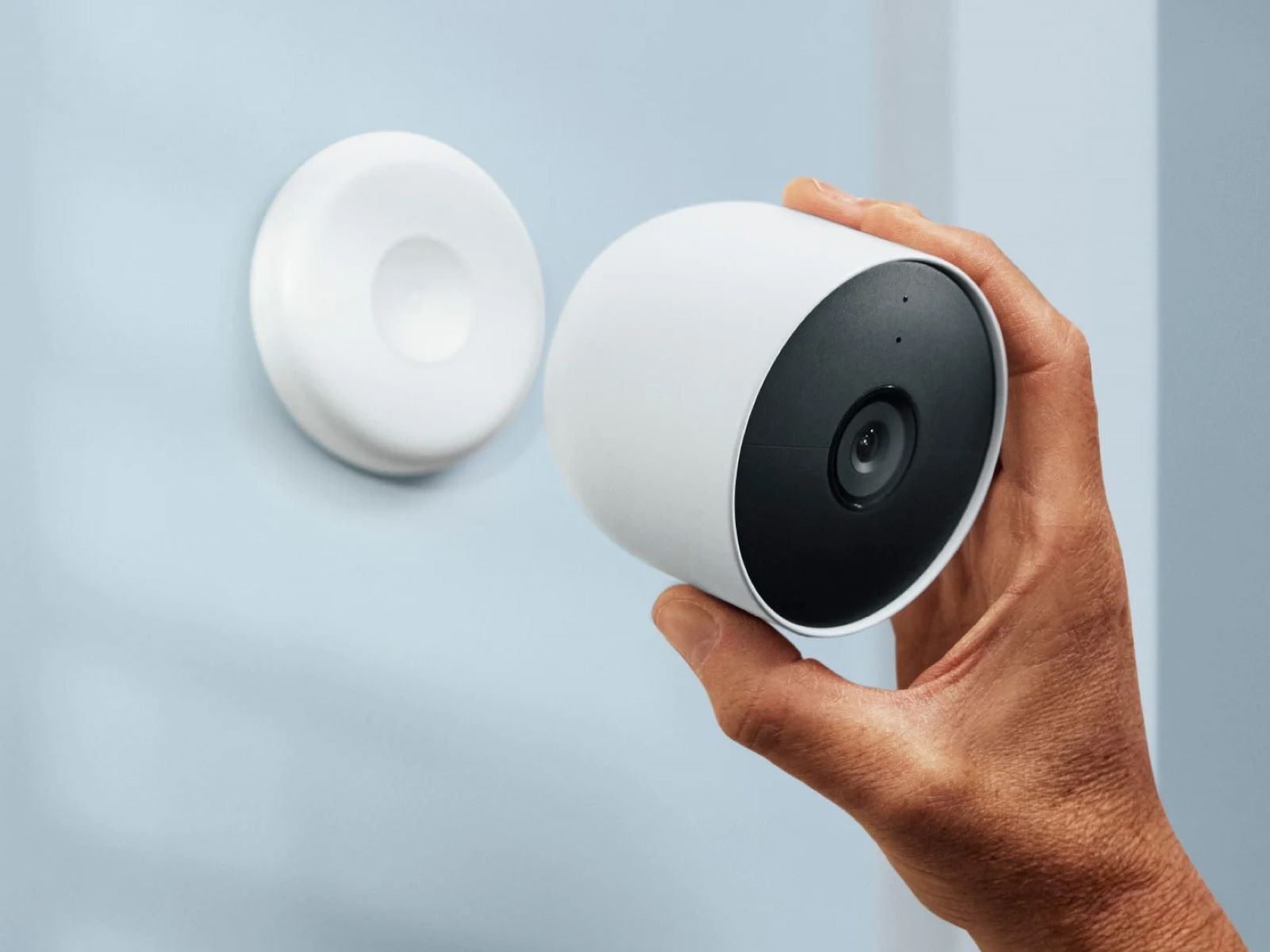

0 thoughts on “When Did Pex Plumbing Come Out”